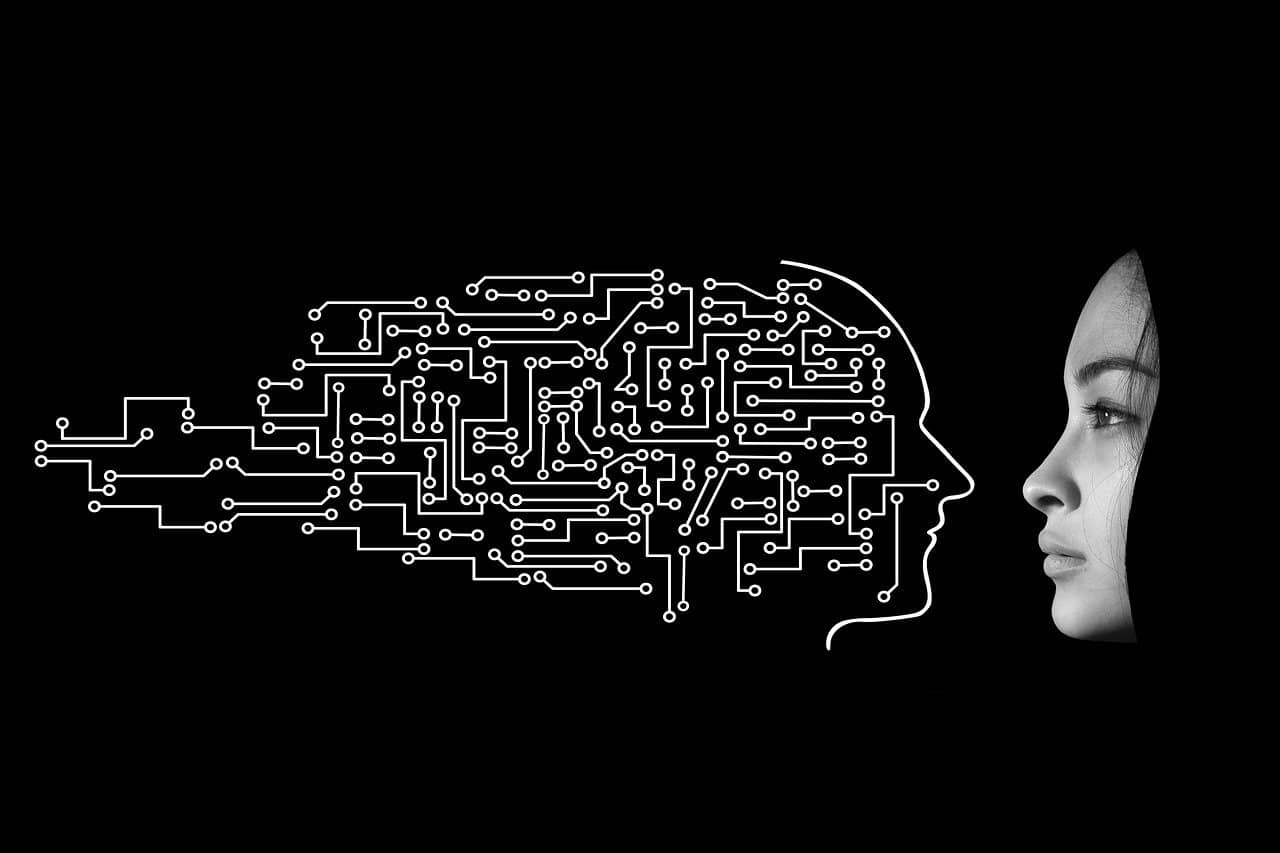
Scientists in France and Switzerland have designed a model that can predict the frictional behavior of sheets of paper, such as those found in a book. The research was started at the Flexible Structures Laboratory of the École polytechnique fédérale de Lausanne in Switzerland.
Frictional interaction
“Initially, we thought that the force required to bend two sheets was simply twice that of one sheet,” says Samuel Poincloux. He is a post doc student, and one of the researchers who is involved. “But we found that when you stack multiple sheets on top of each other, that equation is no longer linear. That’s because the frictional interaction between the sheets. This means that the rate of resistance to deformation increases faster than the number of sheets,” Poincloux says in the video below:
Poincloux and his colleagues knew that energy is lost when the sheets deform. Yet they did not know exactly how much. Existing computer models do not take friction into account in configurations with a lot of tangents. “Bending a book creates frictional forces between the individual sheets. That friction cannot be ignored,” says Poincloux.
European collaboration
Following that, the Swiss researchers contacted the École Polytechnique in Palaiseau (south of Paris), a good example of European collaboration. At the French research institution, Basile Audoly, a specialist in elasticity and geometry, was the one who helped his colleagues model highly elastic structures. Eventually, the research team was able to predict the results of their laboratory experiments using a new theory that tales the effect of friction into account. “Our work could serve as a basis for characterizing the behavior of multilayer materials such as graphene,” Poincloux explains.
Dissipative energy
This mechanism of dissipative energy (energy lost to the environment) could be used to design new sets of cheap and efficient dampers in machinery and devices.
The research was published in Physical Review Letters, an American scientific journal dedicated to the field of physics.
Read more about the importance of collaboration between neighboring countries in Europe.








